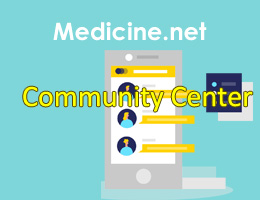Racial and ethnic differences in hypertension-related telehealth
by Kathryn Ryan, Mary Ann Liebert, Inc
The numbers of hypertension-related telehealth and in-person outpatient visits per 100 persons by race and ethnicity, MarketScan Medicaid Database, 2019–2021. (A) Number of in-person outpatient visits per 100 persons. (B) Number of telehealth visits per 100 persons. (114,445 non-Hispanic White, 80,692 non-Hispanic Black, and 3,924 Hispanic adults). Credit: Telemedicine and e-Health (2024). DOI: 10.1089/tmj.2023.0516
A new study published in the journal Telemedicine and e-Health found that hypertension management via telehealth increased among Medicaid recipients regardless of race and ethnicity during the COVID-19 pandemic.
Jun Soo Lee, Ph.D., from the Centers for Disease Control and Prevention (CDC), and co-authors, reported that from February to April 2023, the number of hypertension-related telehealth outpatient visits per 100 persons increased from 0.01 to 6.13, and the number of hypertension-related in-person visits decreased from 61.88 to 52.63.
The investigators found that Hispanic adults with hypertension had both the lowest cost per telehealth visit and the highest proportion of hypertension-related telehealth visits.
"Expanding telehealth use could potentially reduce existing disparities related to hypertension," stated the investigators. "For example, Hispanic individuals have lower levels of hypertension awareness and treatment compared to non-Hispanic White and non-Hispanic Black adults.
"Telehealth offers an opportunity to address this through evidence-based practices like self-measured blood pressure monitoring, increased language concordance with a clinician, and culturally adapted lifestyle interventions."
"The application of telehealth for patients with hypertension can enable better patient care and personal patient management," says Charles R. Doarn, MBA, Editor-in-Chief of the Journal and Research Professor in the Department of Environmental and Public Health Sciences, and Director of the Space Research Institute for Discovery and Exploration at the University of Cincinnati, Cincinnati, Ohio.
More information: Jun Soo Lee et al, Racial and Ethnic Differences in Hypertension-Related Telehealth and In-Person Outpatient Visits Before and During the COVID-19 Pandemic Among Medicaid Beneficiaries, Telemedicine and e-Health (2024). DOI: 10.1089/tmj.2023.0516
Provided by Mary Ann Liebert, Inc




Post comments